Abundance: uncommon
What: nuts, tubers
How: nuts raw, roasted, pounded into flour; tubers raw, roasted, candied, baked.
Where: still water
When: nuts fall, winter; tubers late summer, fall
Nutritional Value: nuts protein, carbohydrates; tubers starch
Dangers:none...well, occasionally alligators in Texas.
Lotus plants. In shallow water they often stand out a foot or more above the water.
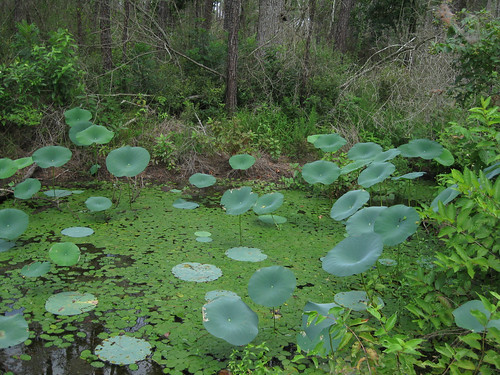

Close-up of a lotus leaf. They are intact circles, unlike the cloven form of regular water lily pads. Lotus pads can grow to over two feet in diameter. Microscopic, hydrophobic hairs on the surface of the lotus pads cause water to bead up and run like mercury.
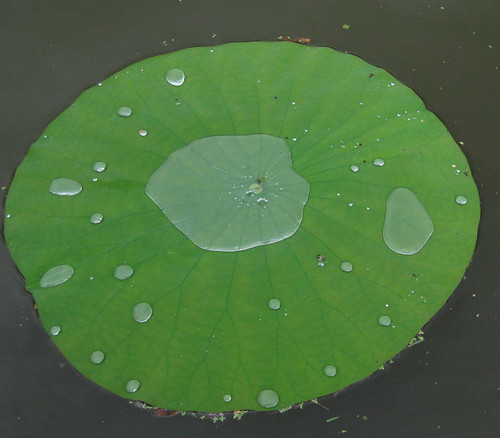
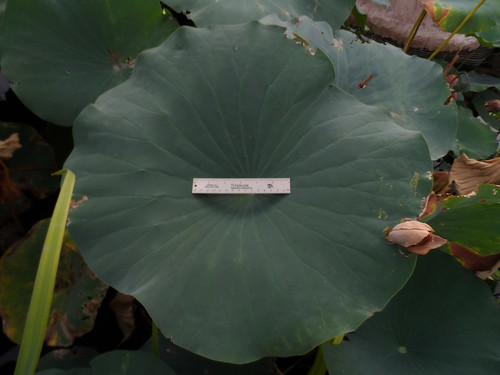
Small lotus pad in spring. Note the two lighter hemispheres mark at it's center.
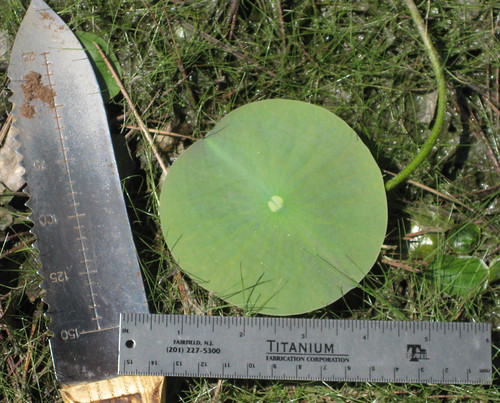
Lotus tuber. Raw it tastes kind of like a potato.
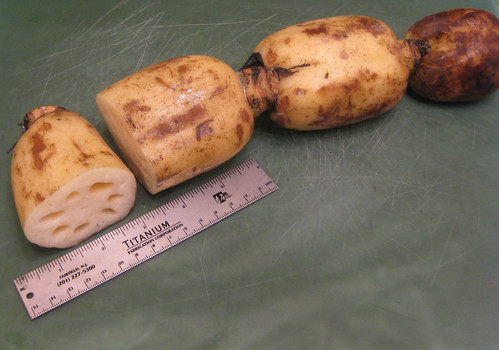
Lotus flowers are large, up to a foot across and the number of seeds they contain can vary.
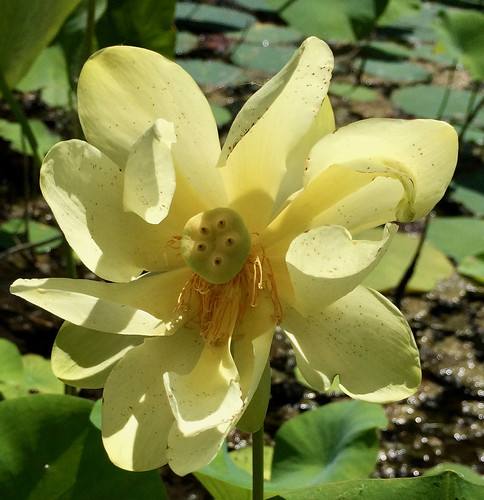

Lotus seed pod ready for picking.
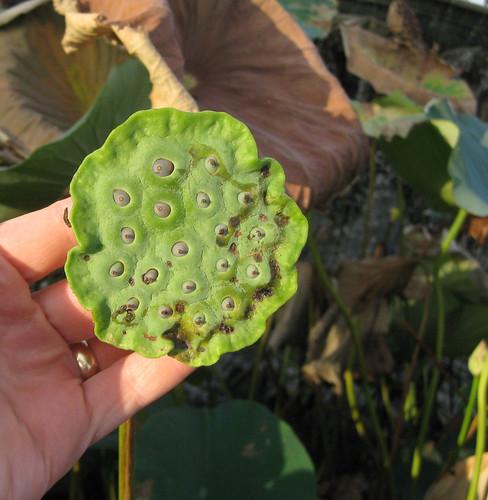
A perfect lotus nut, ready to be shelled.
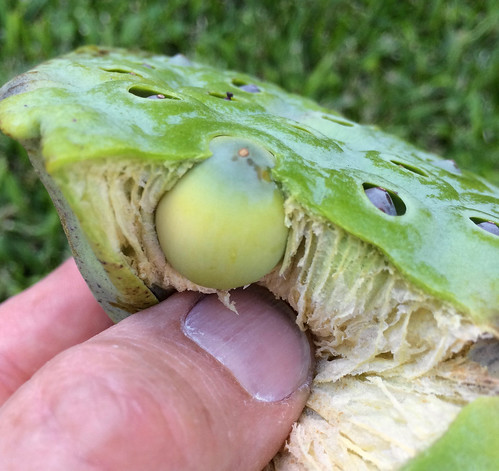
A shelled lotus nut. You still have to remove the green, baby plant before roasting and eating otherwise the nut will be bitter.
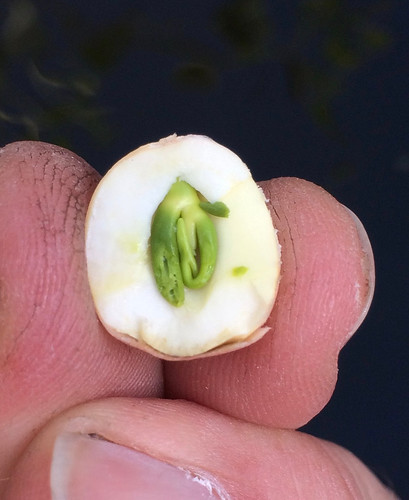
Lotus seedpods and nuts after drying in the wild.

Cracked lotus nut. The small, green plant germ (plant embryo) is very bitter and must be removed. The nuts are very hard to crack.

Texas distribution, attributed to U. S. Department of Agriculture. The marked counties are guidelines only. Plants may appear in other counties, especially if used in landscaping.
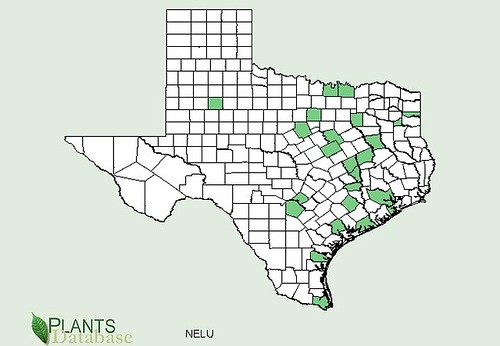
North American distribution, attributed to U. S. Department of Agriculture.

Common in many shallow, still water, lotus are often mistaken for some sort of large water lily. The main differences between lotus and water lilies are lotus "pads" are round & intact whereas water lily pads have a cleft or gap in the pad and so aren't a complete circle. Also, lotus pads grow up to a foot out of the water on strong stalks while lily pads stop growing at the surface of the water. Lotus seedpods look like weird, green showerheads pointing up at the sky while green and then drooping face down towards the water when brown and dry. The tubesrs are thick, long, segmented and MUCH tastier than water lily tubers!
Lotus nuts were a much-beloved food of Native Americans due to the flavor and high-energy content. After cracking and removal of the small, bitter, green plant embryo the seeds can be eaten raw, roasted, roasted then pounded into flour, or candied. Toasting, boiling, then mushing up the seeds gives a hearty porridge that reminds me of Malt-O-Meal.
Lotus tubers can be somewhat of a challenge to harvest. The tubers grow during the summer at the end of the lotus runners. Follow a pad stem or seedpod stem down to its base runner then follow this runner to its end. These tubers can be eaten raw, roasted, or candied by boiling in a concentrated sugar solution. Mix a little ginger in with the lotus root when you candy it for a real treat!
Buy my book! Outdoor Adventure Guides Foraging covers 70 of North America's tastiest and easy to find wild edibles shown with the same big pictures as here on the Foraging Texas website.

